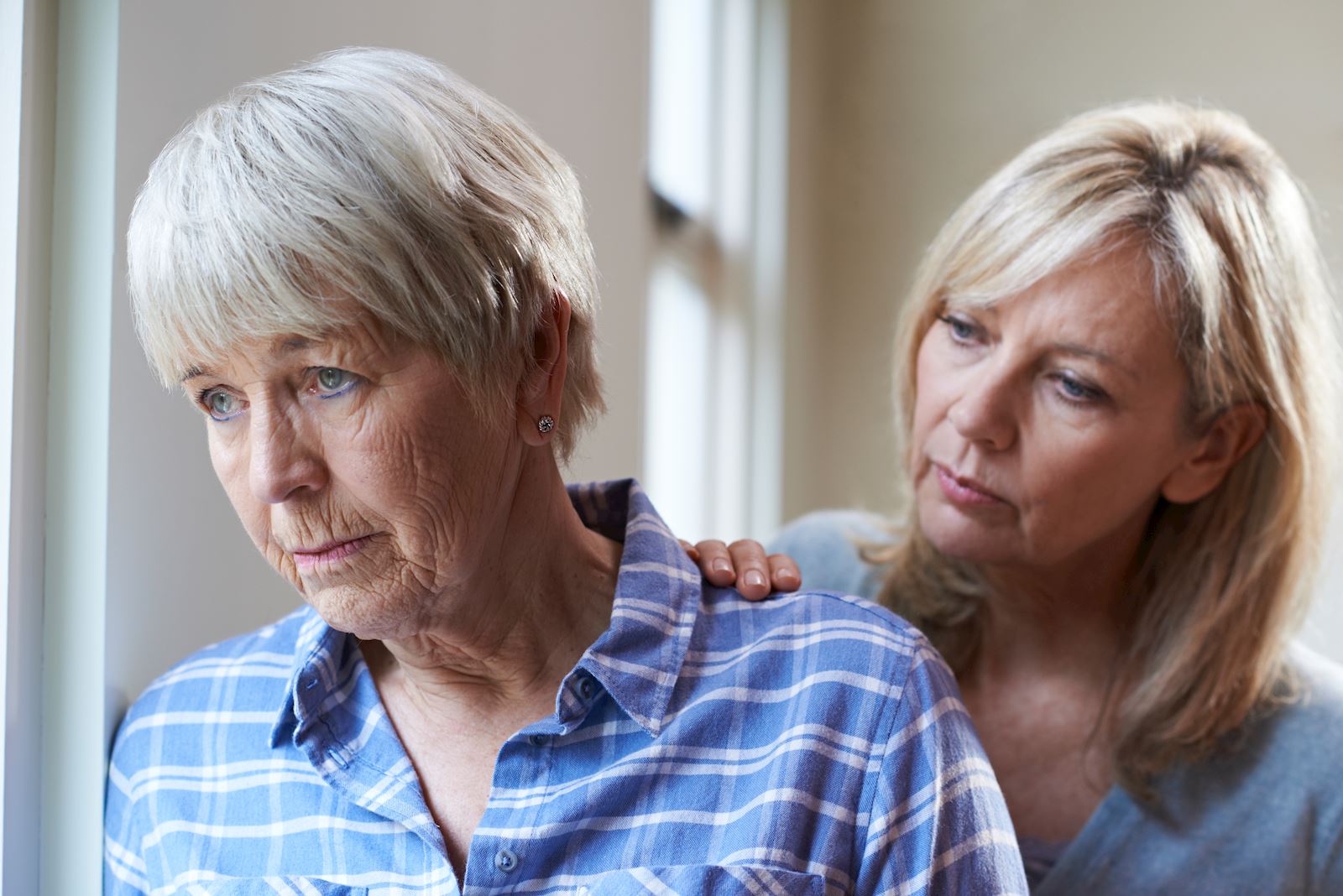There are warning signs to watch for — and appropriate steps to take — when it comes to your loved one’s nutrition and health.
Approximately one in four older adults over the age of 65 is considered malnourished or at risk of malnutrition. No matter the age, well-balanced nutrition is essential to a healthy life.
As a person gets older, it’s common to eat less as metabolism slows. However, there comes a point especially with seniors, when eating less becomes not eating enough, which can lead to malnutrition. There are several reasons why someone might not be eating properly, from difficulty chewing with dentures to depression or loneliness.
As a caregiver it can be difficult to know when to be concerned. The most important thing you can do is closely monitor the situation and take the appropriate steps once you’ve identified there is a problem.
How can you tell if your loved one is not eating enough?
Signs to look for that may hint that your loved one is not getting the nutrition needed include:
Weight loss— If your loved one is losing weight, they are also losing fat, muscle mass and body tissue. Severe weight loss can have a dramatic physical effect as fat is drained from their body. Signs to look for include anywhere from cheeks that appear hollow to eyes that seem sunken.
Low energy levels — If your loved one is showing signs of fatigue or tiredness, this could be sign of not eating enough. Things to look out for include sleeping more often, lack of motivation and shortness of breath.
Expired or low food supplies — If you’re not already responsible for buying their groceries, keep an eye on what is in their refrigerator and pantry. If their food supply isn’t being consumed or replenished, there could be cause for concern since loss of appetite is a sign on malnutrition.
Not sure? Talk to their health care team — If your loved one has a doctor or an outside caregiver, it would be beneficial to consult with one, if not both, to talk about your loved one’s nutrition and health.
What can you do to help?
Set up a medical appointment — If you’re concerned about your loved one’s nutrition and health, a trip to their primary physician to check their cholesterol, blood glucose, lipid profiles and blood pressure can help paint a clearer picture of their overall health. By having a clearer picture, together you and their care team can create a plan on how to best help your loved one.
Stock their food supply — Take the initiative to ensure that their cupboards are fully stocked with nutritious food options. You can’t force them to eat, but you can certainly do your part to make sure there is food available for when they want or need to eat.
Prepare meals for them — If you’re able to commit the time, prepare meals for your loved one. Some older individuals are unwilling or unable to cook their own meals, so having someone do that part for them can make a world of difference. Prepping healthy snacks in between meals is also another way to make sure your loved one is getting the nutrition they need.
Hire a meal delivery service — Not every caregiver has the ability to prepare meals for the person they care for, and that’s okay. You have a lot going on in your life. Fortunately, there is an alternative. Having a home-delivered meals service provide fully prepared, refrigerated meals can give you peace of mind that your loved one’s nutritional needs are being met.
For Candi, Mom’s Meals® offered exactly that when her mother was diagnosed with a rare autoimmune disorder, which caused her appetite to decrease. “I constantly worried about her health, due to lack of nutrition,” Candi shared. “Thanks to Mom’s Meals, I know my mother is eating at least one healthy and tasteful meal per day.”
Mom's Meals can help
Our mission is to improve life through better nutrition at home. We take the guesswork out of mealtime, with our delicious ready-to-heat-and-eat meals delivered direct to homes so individuals can get the nutrition they need to help maintain their independence.
They can choose every meal, every delivery, with 60+ meal options and nine condition-specific menus to support the unique needs of most common chronic conditions. All meals are designed by registered dietitians and crafted by professional chefs in USDA- and FDA- inspected facilities, providing the highest level of compliance with federal regulations governing food production.



.jpg)